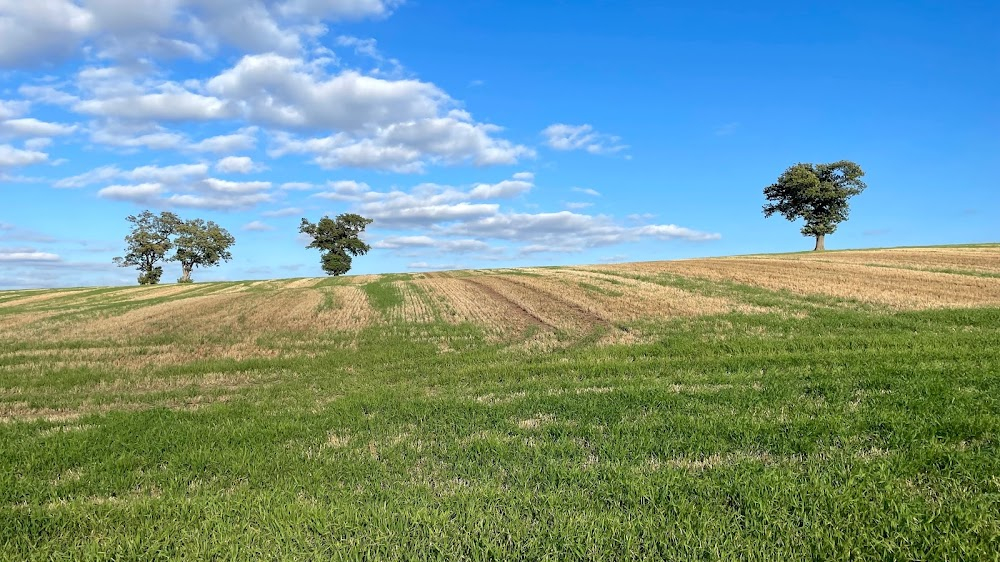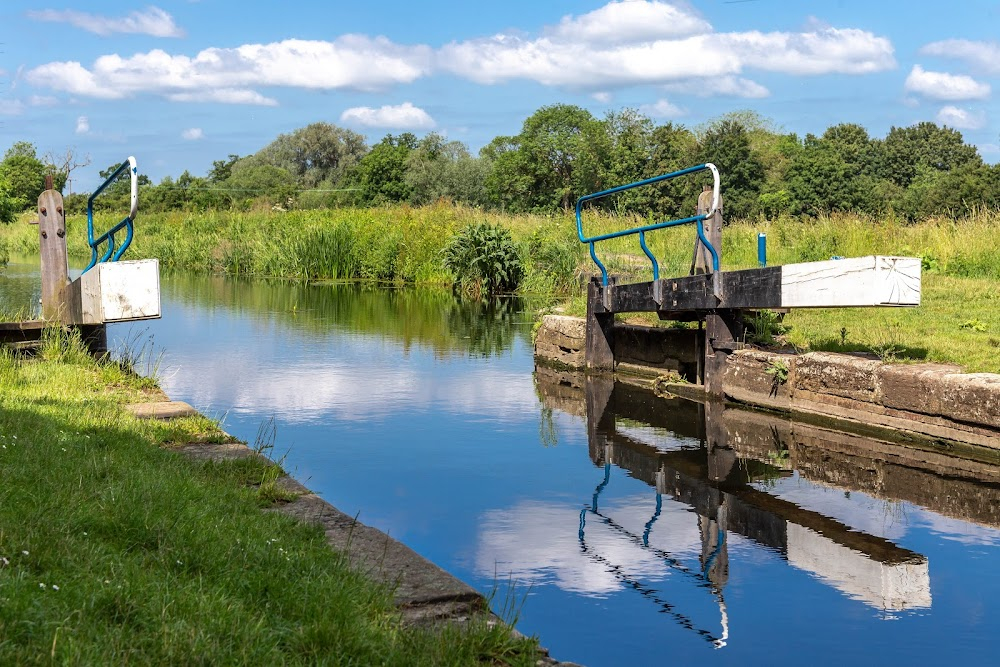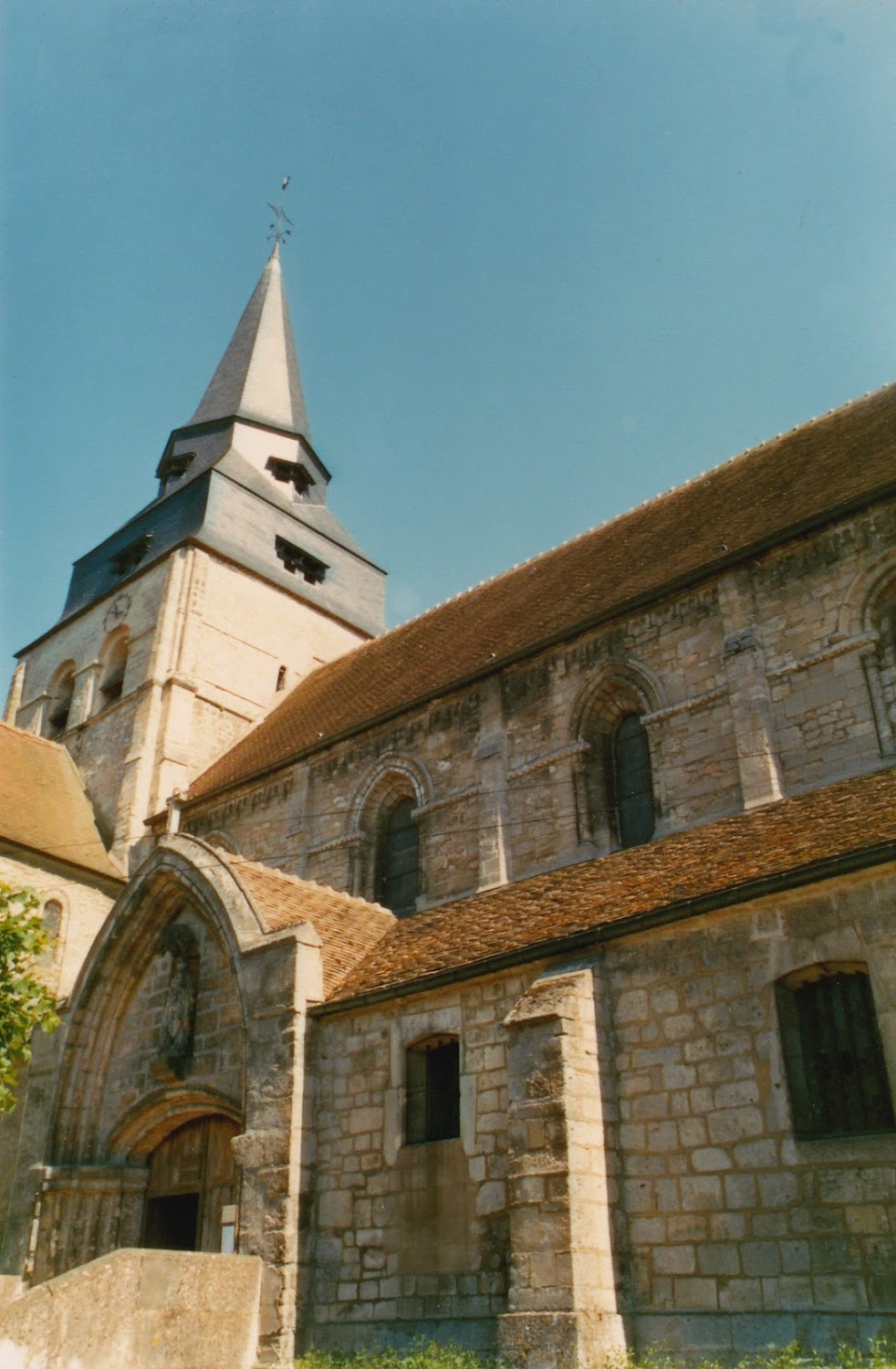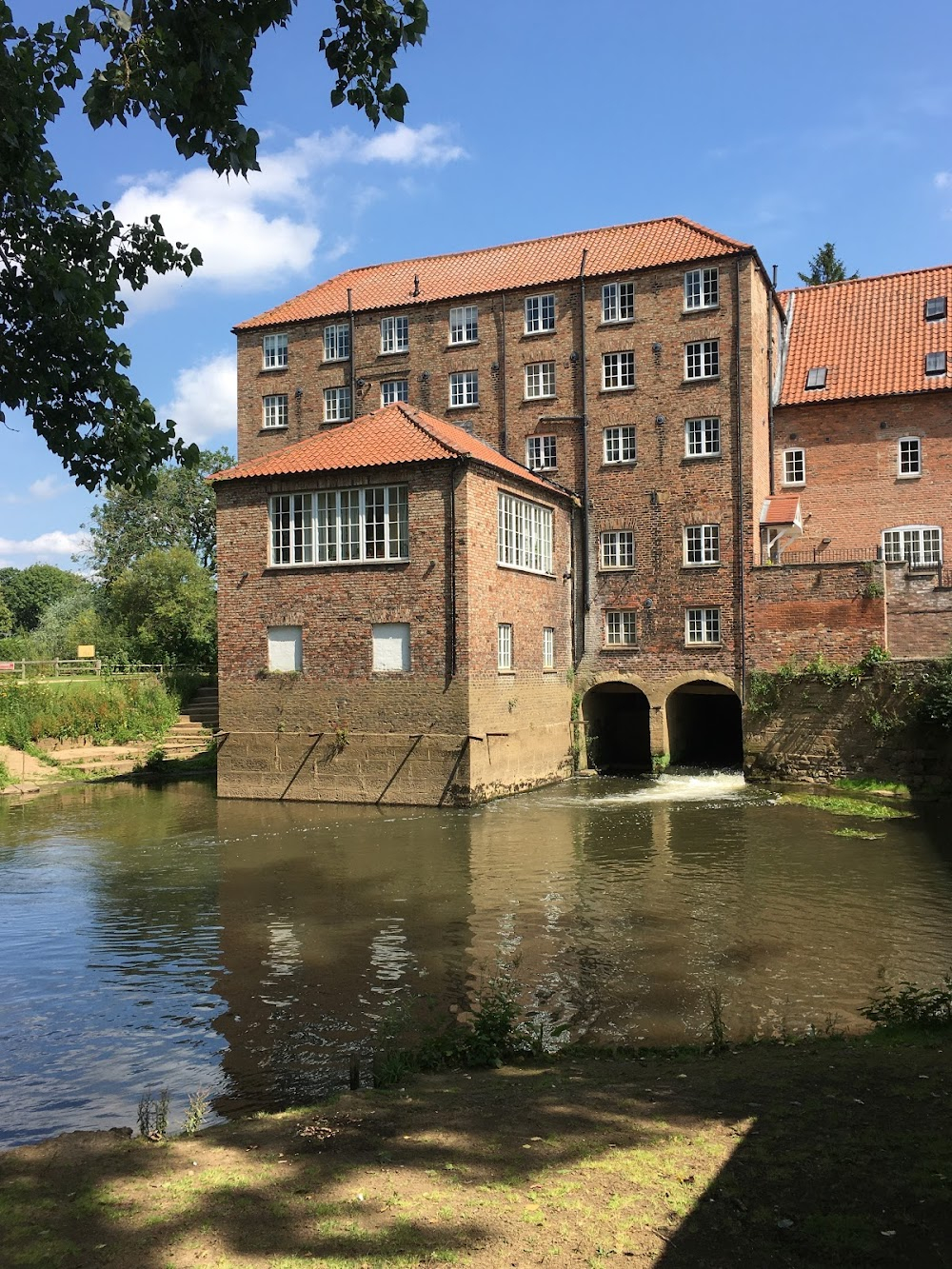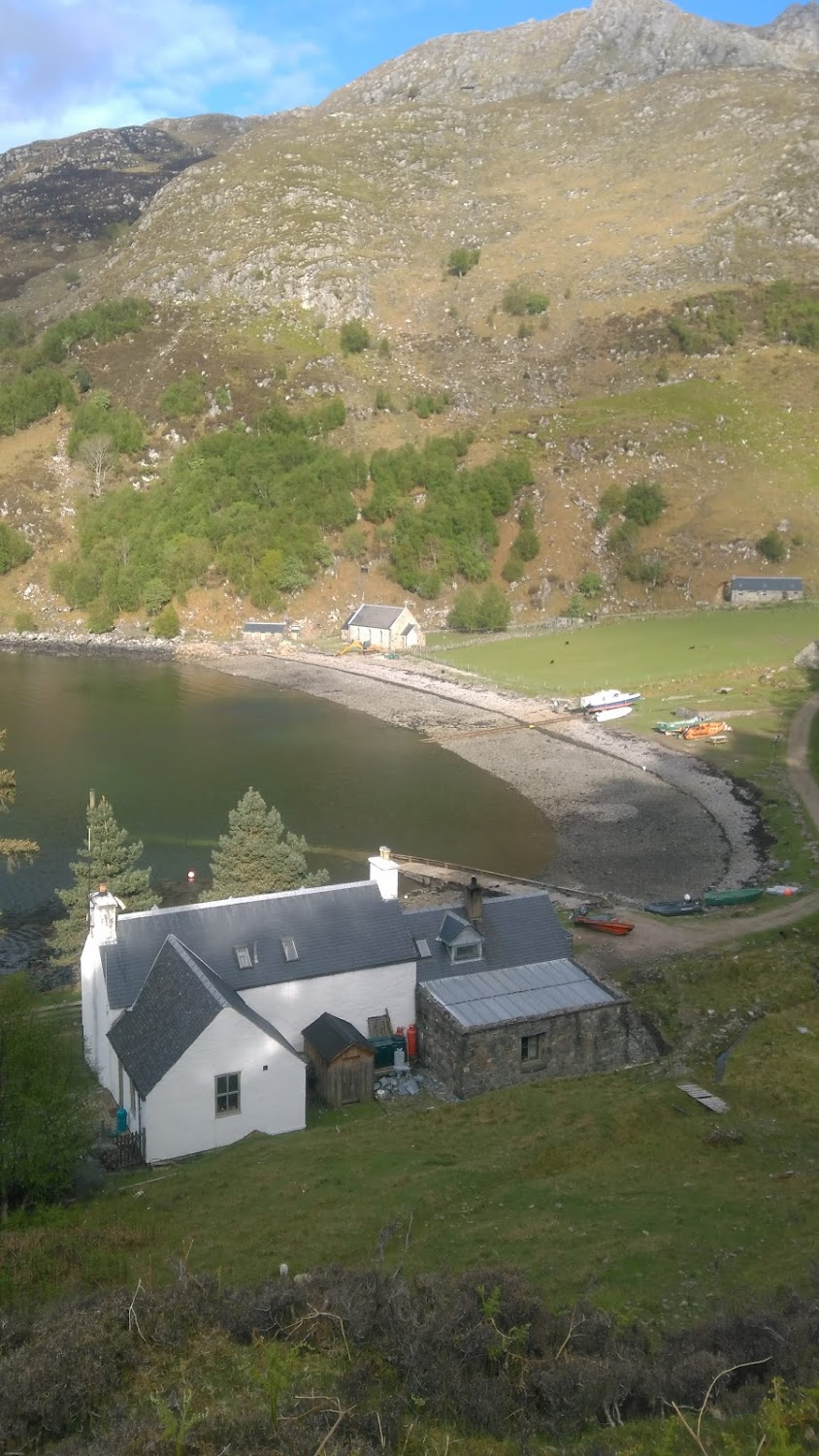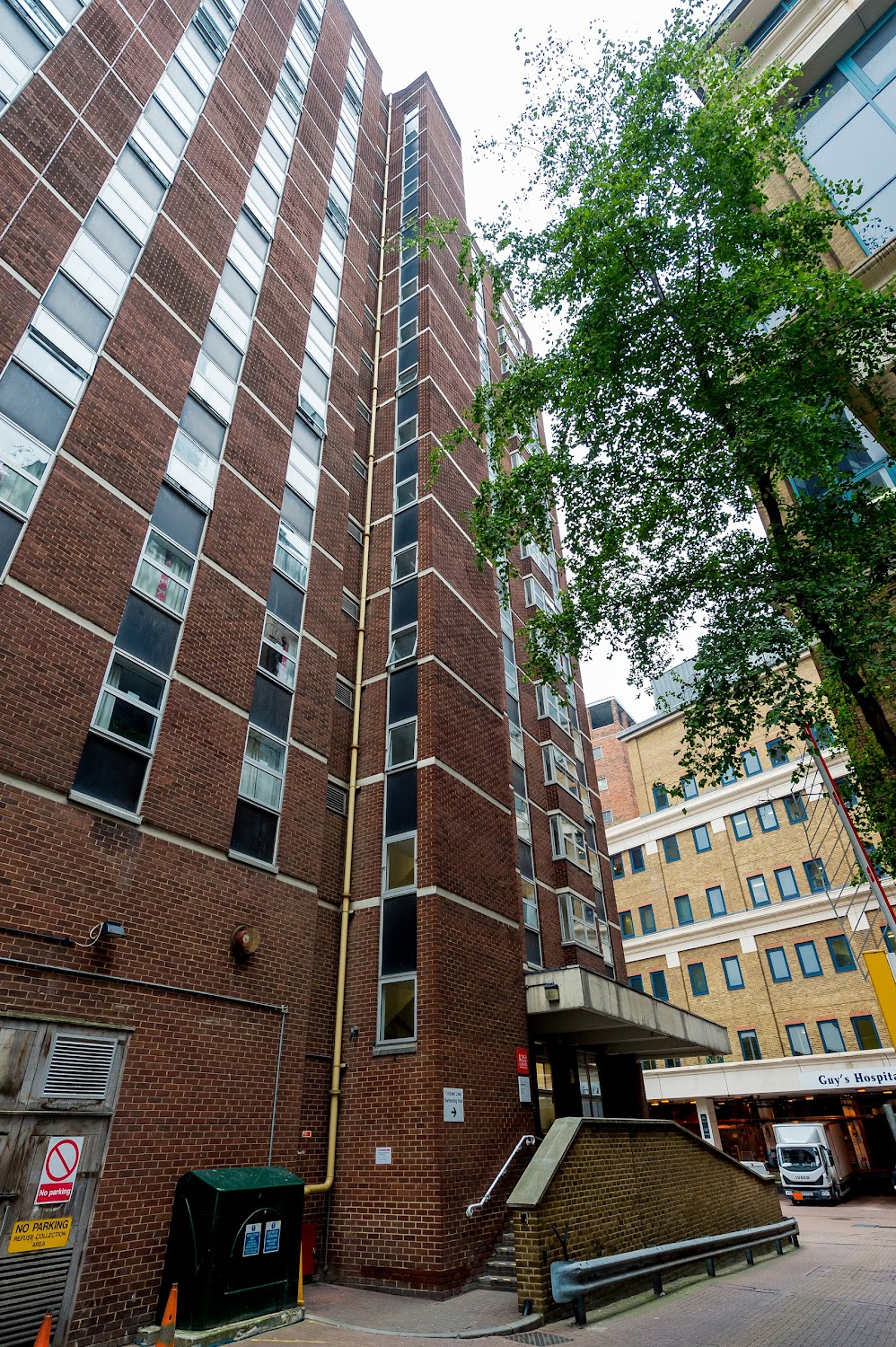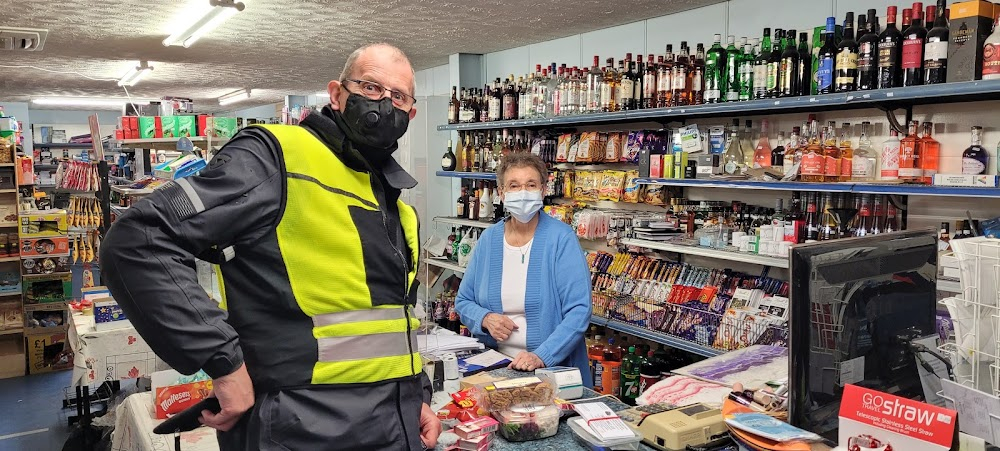Blood of the Vikings Filming Locations

Where was Blood of the Vikings filmed? Blood of the Vikings was filmed in 39 locations across Ireland, France, United Kingdom, Norway, Denmark and Isle of Man in the following places:
Blood of the Vikings Filming Locations
Riccall is a village and civil parish in North Yorkshire, England, lying 3.5 miles to the north of Selby and 9 miles south of York. Riccall is noted for being the place where Harold Hardrada's force of invaders landed in 1066, just before the Battle of Stamford Bridge.
Roskilde is a city in Denmark, west of Copenhagen. Next to its harbor, the Viking Ship Museum has 11th-century vessels and an active boatyard. In its center, the Gothic, twin-spired Roskilde Cathedral holds the tombs of many Danish kings and queens. The nearby Museum of Contemporary Art sits in a former royal mansion. West of the city, the huge Land of Legends open-air museum recreates Stone Age and Viking life.
Rouen, capital of the northern French region of Normandy, is a port city on the river Seine. Important in the Roman era and Middle Ages, it has Gothic churches, such as Saint-Maclou and Saint-Ouen, and a cobblestoned pedestrian center with medieval half-timbered houses. The skyline is dominated by the spires of Cathédrale Notre-Dame, much-painted by Impressionist Claude Monet.
Saffron Walden is a market town in the Uttlesford district of Essex, England, 12 miles north of Bishop's Stortford, 15 miles south of Cambridge and 43 miles north of London. It retains a rural appearance and some buildings of the medieval period.
Saint-Clair-sur-Epte is a commune in the Val-d'Oise department in Île-de-France in northern France. It is situated on the river Epte, 10 km southwest of Gisors. The treaty of Saint-Clair-sur-Epte in 911 established Rollo, a Norse warlord and Viking leader, as the first Duke of Normandy.
Stamford Bridge is a village and civil parish on the River Derwent in the East Riding of Yorkshire, England, approximately 5 miles east of York and 22 miles west of Driffield. The village sits astride an ancient ford on the River Derwent.
Tarbet is a place on the south shore of Loch Nevis in Scotland, about 6 miles east of Mallaig. The name 'tarbet' refers to a portage or isthmus, in this case it is between Loch Nevis and Loch Morar. Tarbet has a permanent population of 6.
Thingwall is a village on the Wirral Peninsula, in Merseyside, England. The village is situated approximately 8 km to the south west of Birkenhead and 3 km north east of Heswall.
Welby is a village and civil parish in the South Kesteven district of Lincolnshire, England. The population of the civil parish was 169 in 82 households at the 2011 census. It lies 5 miles north-east of Grantham. The neighbouring villages are Aisby, Oasby, and Heydour.
West Stow is a small village and civil parish in West Suffolk, England. The village lies north of Bury St. Edmunds, south of Mildenhall and Thetford and west of the villages of Culford and Ingham in the area known as the Breckland. This area is located near the Lark River Valley and was settled from around AD 420–650.
Winchester is a city in the county of Hampshire, on the edge of England's South Downs National Park. It’s known for medieval Winchester Cathedral, with its 17th-century Morley Library, the Winchester Bible and a Norman crypt. Nearby are the ruins of Wolvesey Castle and the Winchester City Mill, a working 18th-century corn mill. The Great Hall of Winchester Castle houses the medieval round table linked to King Arthur.
York is a walled city in northeast England that was founded by the ancient Romans. Its huge 13th-century Gothic cathedral, York Minster, has medieval stained glass and 2 functioning bell towers. The City Walls form a walkway on both sides of the River Ouse. The Monk Bar gate houses an exhibition tracing the life of 15th-century Plantagenet King Richard III.
Blood of the Vikings (2001)
The Vikings were an ambitious, daring and frightening people who left an indelible mark on the British psyche. Yet archaeology has revealed very little about their time in Britain and even less about what happened to them afterwards. Archaeologist Julian Richards finds new evidence about what really happened during the dramatic period when Vikings roamed the seas around Britain. And in a ground-breaking genetics research project designed specially for the BBC series, internationally renowned geneticist, Professor David Goldstein, sets out to answer some of the most intriguing questions about the Vikings. Samples taken from around 2,000 people in Britain, Ireland, Scandinavia and Northern Europe have been processed and the results are revealed during the series.

